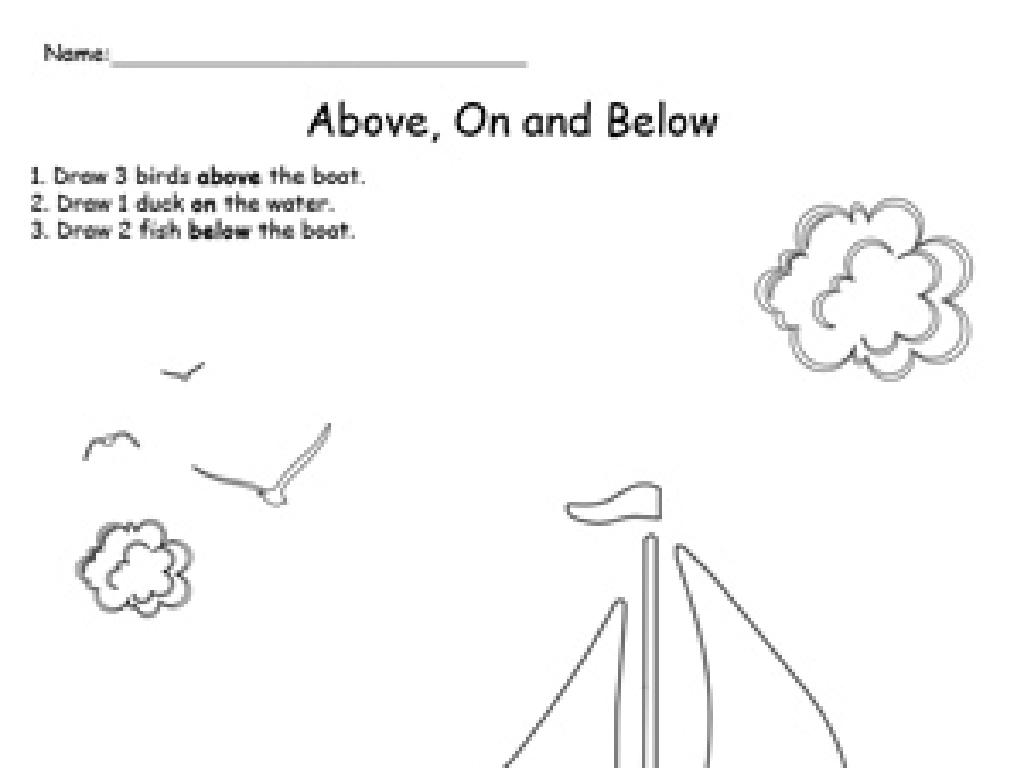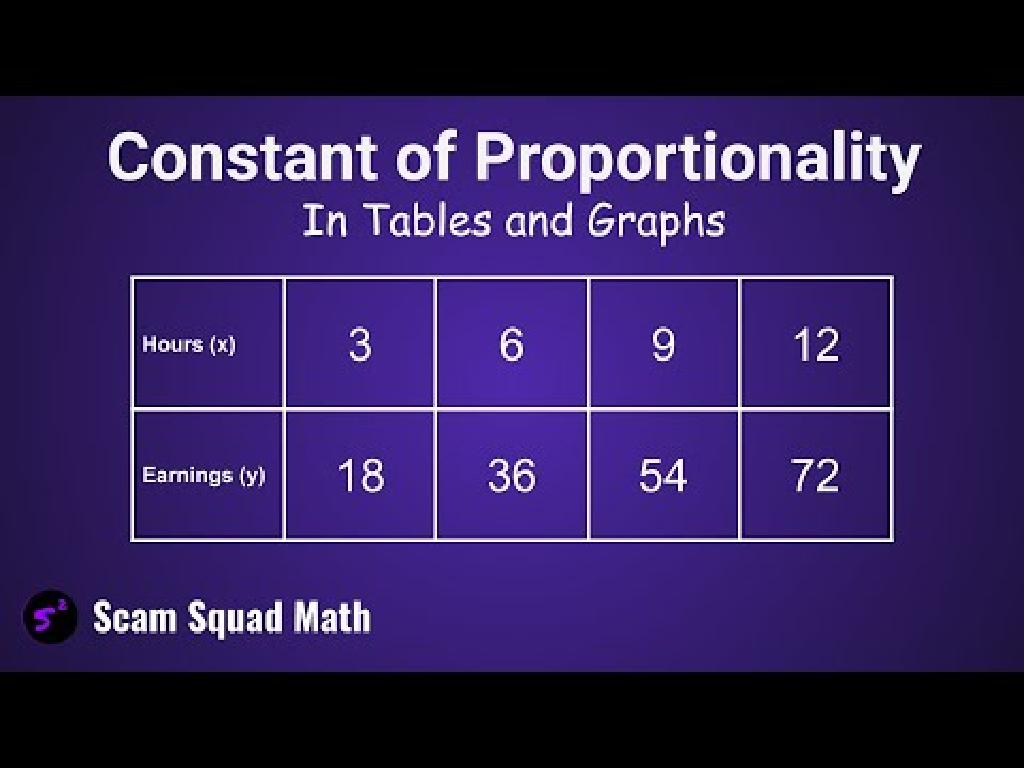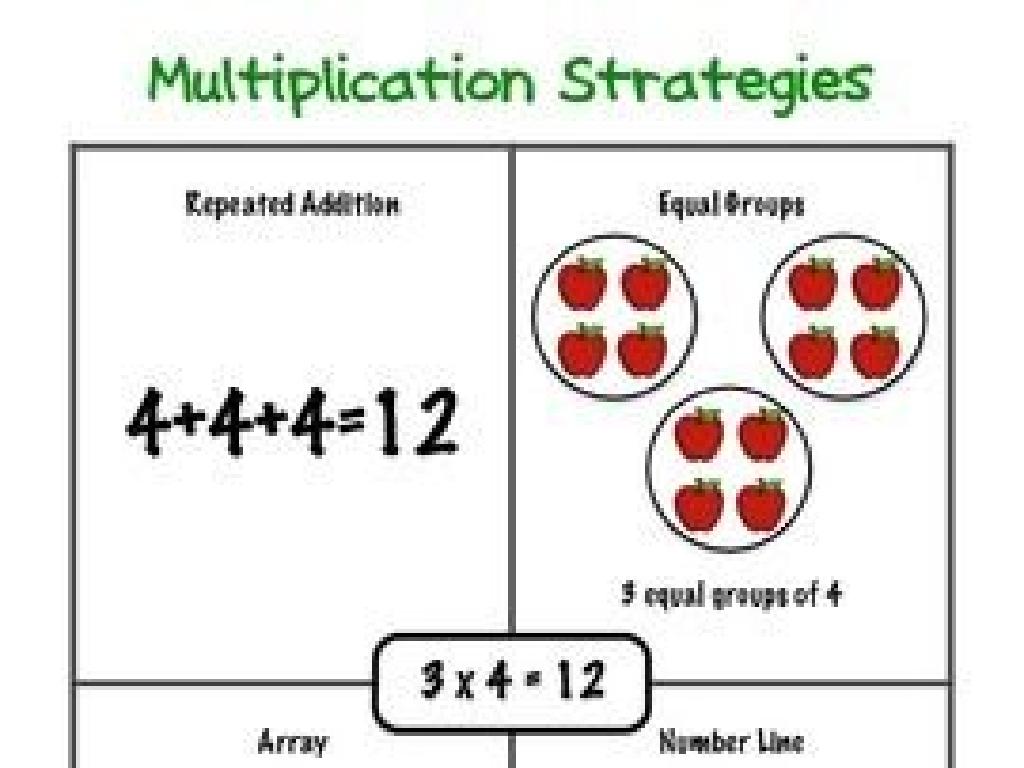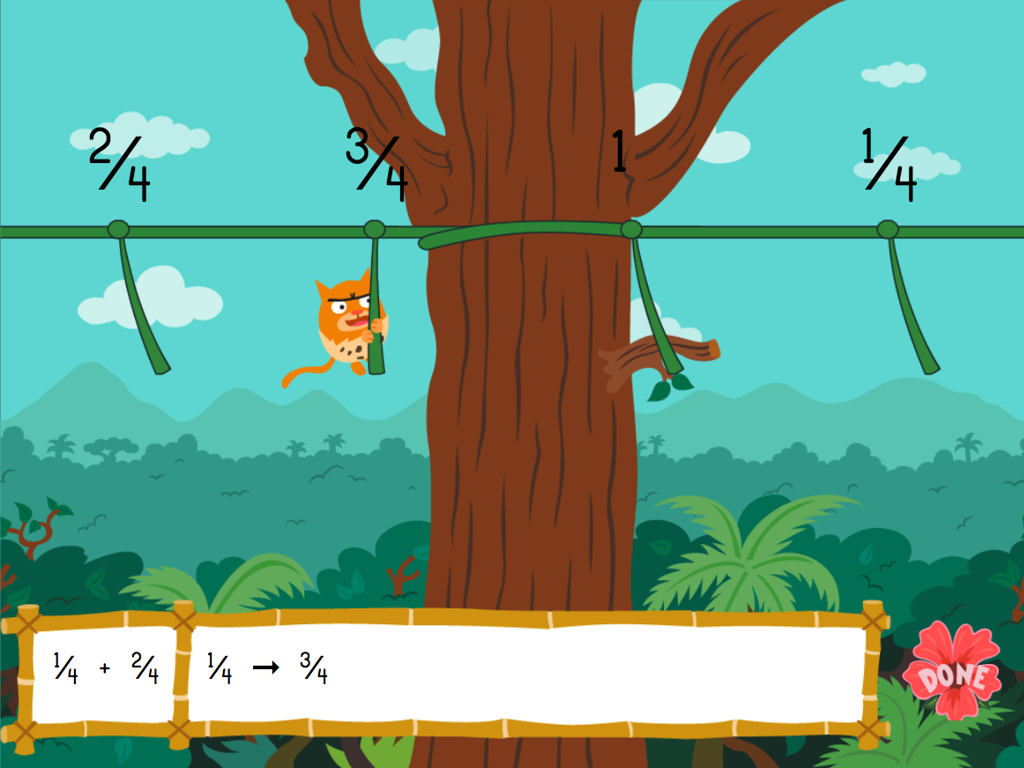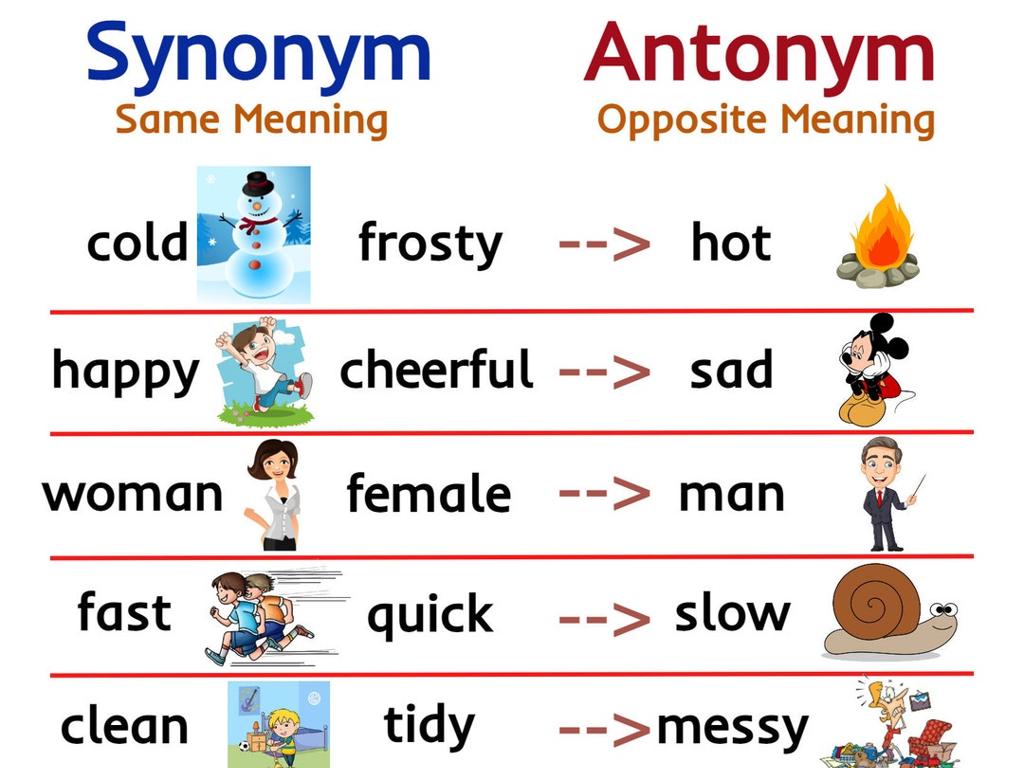Write Equivalent Expressions Using Properties
Subject: Math
Grade: Eighth grade
Topic: Equivalent Expressions
Please LOG IN to download the presentation. Access is available to registered users only.
View More Content
Writing Equivalent Expressions Using Properties
– Understanding numbers in our world
– Today’s focus: Equivalent Expressions
– Learn to rewrite expressions in various forms
– Properties of operations as tools
– Commutative, Associative, Distributive properties
– Relevance to math and everyday life
– Critical for solving equations, budgeting, and more
|
This slide introduces the concept of equivalent expressions, which is a cornerstone in understanding mathematical relationships and solving problems. Students will explore how to use properties of operations such as the commutative, associative, and distributive properties to write expressions in different, but equal, forms. Emphasize the importance of these skills in simplifying expressions, solving equations, and even in practical situations like budgeting or calculating discounts. Encourage students to think of real-life scenarios where they might need to rearrange numbers or operations to make a problem easier to solve.
Understanding Equivalent Expressions
– Define equivalent expressions
– Expressions with the same value, despite different forms
– Simple examples of equivalence
– For instance, 2(3 + 4) and 6 + 8 are equivalent
– Properties binding expressions
– Commutative, associative, distributive properties explain equivalence
– Practice with expressions
|
This slide introduces the concept of equivalent expressions, which are different expressions that have the same value. Start by defining equivalent expressions and then show simple examples to illustrate the concept. Explain how the properties of operations, such as the commutative, associative, and distributive properties, allow us to manipulate expressions to show their equivalence. Encourage students to practice creating their own equivalent expressions using these properties. This foundational understanding will be crucial for solving equations and simplifying expressions in more advanced math.
Properties of Operations
– Commutative Property
– Order doesn’t matter: a + b = b + a or ab = ba
– Associative Property
– Grouping doesn’t change sum or product: (a + b) + c = a + (b + c) or (ab)c = a(bc)
– Distributive Property
– Multiply across addition: a(b + c) = ab + ac
|
This slide introduces the fundamental properties of operations that are essential for writing equivalent expressions. The Commutative Property indicates that the order in which two numbers are added or multiplied does not affect the sum or product. The Associative Property shows that the way numbers are grouped in addition or multiplication does not change the result. The Distributive Property allows us to multiply a number by a sum by distributing the multiplication over each addend. These properties are the building blocks for understanding algebraic expressions and are crucial for simplifying and solving equations. Encourage students to apply these properties to rewrite expressions and recognize equivalency. Provide examples and practice problems to reinforce these concepts.
Commutative Property in Action
– Rearrange numbers in expressions
– Example: 3 + 5 = 5 + 3
– Switching places doesn t change sum or product
– Class Exercise: Find commutative examples
– Look for addition or multiplication pairs to swap
– Understand commutative application
– Helps simplify & solve equations efficiently
|
This slide introduces the commutative property, one of the fundamental properties of addition and multiplication in mathematics. The property states that numbers can be rearranged in an expression without changing the result. Use the simple example 3 + 5 = 5 + 3 to illustrate this concept. For the class exercise, encourage students to find other examples where the commutative property holds true, such as 2 * 4 = 4 * 2 or a + b = b + a. This activity will help students recognize patterns and understand that the order of numbers in addition and multiplication does not affect the outcome. Emphasize the practical application of this property in simplifying and solving equations, making math problems easier to manage.
Associative Property in Action
– Group numbers to maintain equality
– Changing the grouping does not change the sum
– Example: (2 + 3) + 4 = 2 + (3 + 4)
– Demonstrates the associative property with addition
– Class Exercise: Regroup and sum
– Try regrouping (6 + 7) + 2 and find the sum
|
This slide introduces the associative property of addition, which states that how numbers are grouped in an expression does not affect their sum. Use the example provided to show that whether the first two numbers are grouped or the last two, the result is the same. For the class exercise, have students work individually or in pairs to regroup the numbers in a new expression and find the sum. This will help them understand that the associative property allows for flexibility in calculation without altering the result. Possible variations for the exercise could include (4 + 5) + 3, (1 + 8) + 6, or (9 + 2) + 7. Encourage students to create their own expressions to demonstrate their understanding.
Distributive Property in Action
– Multiply inside a sum individually
– Example: 2(3 + 4) = 2*3 + 2*4
– Distribute 2 to both 3 and 4, then add
– Class Exercise: Apply distributive property
– Distribute the coefficient to each term inside the parentheses
– Simplify the resulting expression
– Combine like terms to simplify the expression
|
This slide introduces the distributive property, a key concept in writing equivalent expressions. Start by explaining that multiplying a sum by a number is the same as multiplying each addend by the number and then adding the products. Use the example provided to illustrate this property. For the class exercise, give students expressions to practice distributing the number outside the parentheses and then simplifying the expression. Possible expressions for the exercise could include 3(x + 5), 4(1 + y), and 5(2 + 3z). Encourage students to work through these problems step-by-step and to check their work by comparing with classmates.
Writing Equivalent Expressions
– Rewrite expressions using properties
– Use distributive property to combine like terms
– Example: 3(x + 4) becomes 3x + 12
– Distribute 3 to both x and 4, then combine
– Practice: Equivalent for 2(a + 5) + 3(a + 5)
– Apply distributive property, then combine like terms
|
This slide introduces the concept of writing equivalent expressions using the distributive property. Start by explaining the property and how it can be used to rewrite expressions. Use the example 3(x + 4) to show step-by-step how to apply the distributive property to get 3x + 12. For the practice problem, guide students to distribute both 2 and 3 to the terms inside the parentheses and then combine like terms to find the equivalent expression. Encourage students to solve the practice problem on their own, then discuss the solution as a class. This exercise will help solidify their understanding of the distributive property and how it is used to write equivalent expressions.
Challenging Equivalent Expressions
– Simplify complex expressions
– Example: 4(x + 6) + 3(2x + 4)
– Distribute and combine like terms: 4x + 24 + 6x + 12
– Pair work: Simplify 5(y + 3) – 2(3y + 9)
– Work with a partner to apply properties
– Discover equivalent expressions
– Equivalent expressions have the same value, regardless of the variable’s value
|
This slide introduces students to more complex problems involving equivalent expressions. Start by demonstrating how to simplify the given example by distributing the numbers into the parentheses and then combining like terms. For the pair activity, guide students to follow the same process with a different expression. Emphasize the importance of collaboration and communication while working in pairs. The goal is for students to understand that equivalent expressions, though they may look different, will have the same value when the variable is replaced with a number. Encourage students to explain their reasoning and the steps they took to arrive at their answers.
Class Activity: Crafting Equivalent Expressions
– Form small groups for activity
– Create sets of equivalent expressions
– Combine creativity with math skills
– Utilize at least two properties
– Properties like commutative, associative, distributive
– Prepare a class explanation
|
This interactive group activity is designed to reinforce students’ understanding of mathematical properties by creating their own equivalent expressions. Divide the class into small groups and provide them with instructions to use at least two different properties, such as the commutative, associative, or distributive property, to create sets of equivalent expressions. Encourage creativity and collaboration within the groups. Once the activity is complete, each group will explain their process and the properties used to the rest of the class. This will help students articulate their understanding and learn from each other. Possible activities: 1) Swapping numbers using the commutative property, 2) Grouping numbers differently using the associative property, 3) Applying the distributive property to expand expressions, 4) Combining like terms to simplify expressions, 5) Creating word problems that result in equivalent expressions.
Review and Reflect: Equivalent Expressions
– Recap of today’s lesson
– Utility of equivalent expressions
– They simplify complex problems and reveal relationships between variables.
– Applying properties in real life
– For budgeting, use distributive property to calculate total costs.
– Encouraging critical thinking
|
Today’s lesson focused on understanding and writing equivalent expressions using properties such as the distributive property, associative property, and commutative property. We discussed how these expressions are useful because they allow us to simplify complex problems, making them easier to solve. They also help us to see the relationships between different variables in an equation. We explored how these properties can be applied to real-world problems, such as calculating the total cost of items when budgeting or adjusting a recipe’s ingredients proportionally. Encourage students to think of other scenarios where they can apply these properties and to practice with additional problems to reinforce their understanding.
Homework: Mastering Equivalent Expressions
– Complete the worksheet provided
– Practice using properties for equivalence
– Use commutative, associative, distributive properties
– Write different equivalent expressions
– For example, 3(x + 4) and 3x + 12 are equivalent
– Discuss your solutions next class
|
This homework assignment is designed to reinforce students’ understanding of equivalent expressions and the properties that justify their equivalence. The worksheet will provide a variety of problems that require the application of the commutative, associative, and distributive properties to write equivalent expressions. Encourage students to explore different ways to express the same mathematical statement and to be prepared to explain their reasoning in the next class. This will not only solidify their comprehension but also enhance their ability to communicate mathematical ideas effectively.

